
There’s so much music to be discovered simply by retuning your guitar. With that in mind, here’s a guide for getting you started with some great open and alternate tunings. Some common are, others less so - and we've included a handful of chords to get you started with each one, plus some pointers on where to hear it on record.
Grab your guitar tuner and let's go and explore!
1. Drop-D

The simple act of lowering the pitch of the sixth string by a single tone from E to D is an easy way of adding weight to the bass end, while simultaneously freeing up your fretting hand to focus on melodic duties.
From metal riffing to country blues, drop D tuning enables instant one-finger power chords, and makes your trusty open D chord sound absolutely huge!
When tackling an altered tuning, it’s worth finding out things such as where the basic major and minor triads are, and how you might play a I-IV-V chord progression. Try the starter chords we’ve added with each tuning. Or just throw caution to the wind and jump right in!

Hear it
Mr Tambourine Man – Bob Dylan (Bringing It All Back Home, 1965)
2. Open D
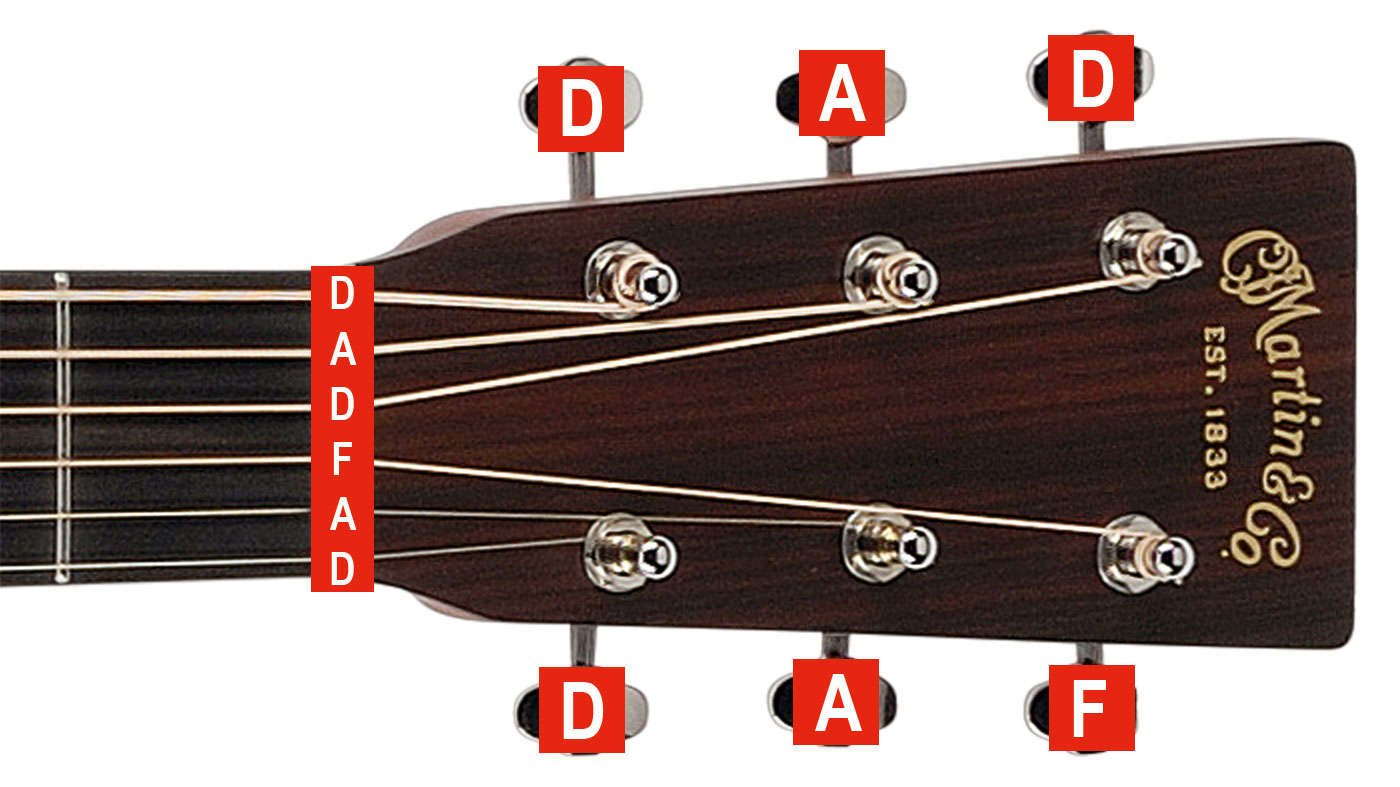
The Open D tuning (named as such because, when strummed ‘open’, without fingering any notes with the left hand, the resulting chord corresponds to a D major chord) is a widely used tuning in folk and blues styles.
Its open nature makes it a particular favourite with slide-guitar players, and the tuning also pushes the guitar’s range closer to that of a piano, for greater expressiveness. Experiment with harmonics in this tuning, barring your finger across the 5th, 7th and 12th fret for some heavenly chordal strums.

Hear it
Babel – Mumford & Sons (Babel, 2012)
3. Open D Minor

Depending on how optimistic your outlook on life is, exploring the world of open tunings can either be a goldmine of inspiration or a minefield of frustration.
Trying the common drop D or DADGAD tunings for the first time, players are struck by the realisation that favourite licks sound fresh and new, simply because the notes have moved.
Open D minor tuning - surely the saddest of all tunings - is less often used than many others on this list, but its minor tonality proves very atmospheric - and major chords are a doddle to find, making composition a rewarding experience.

Hear it
Hard Time Killing Floor Blues – Chris Thomas King (O'Brother Where Art Thou, 2000)
4. Open E
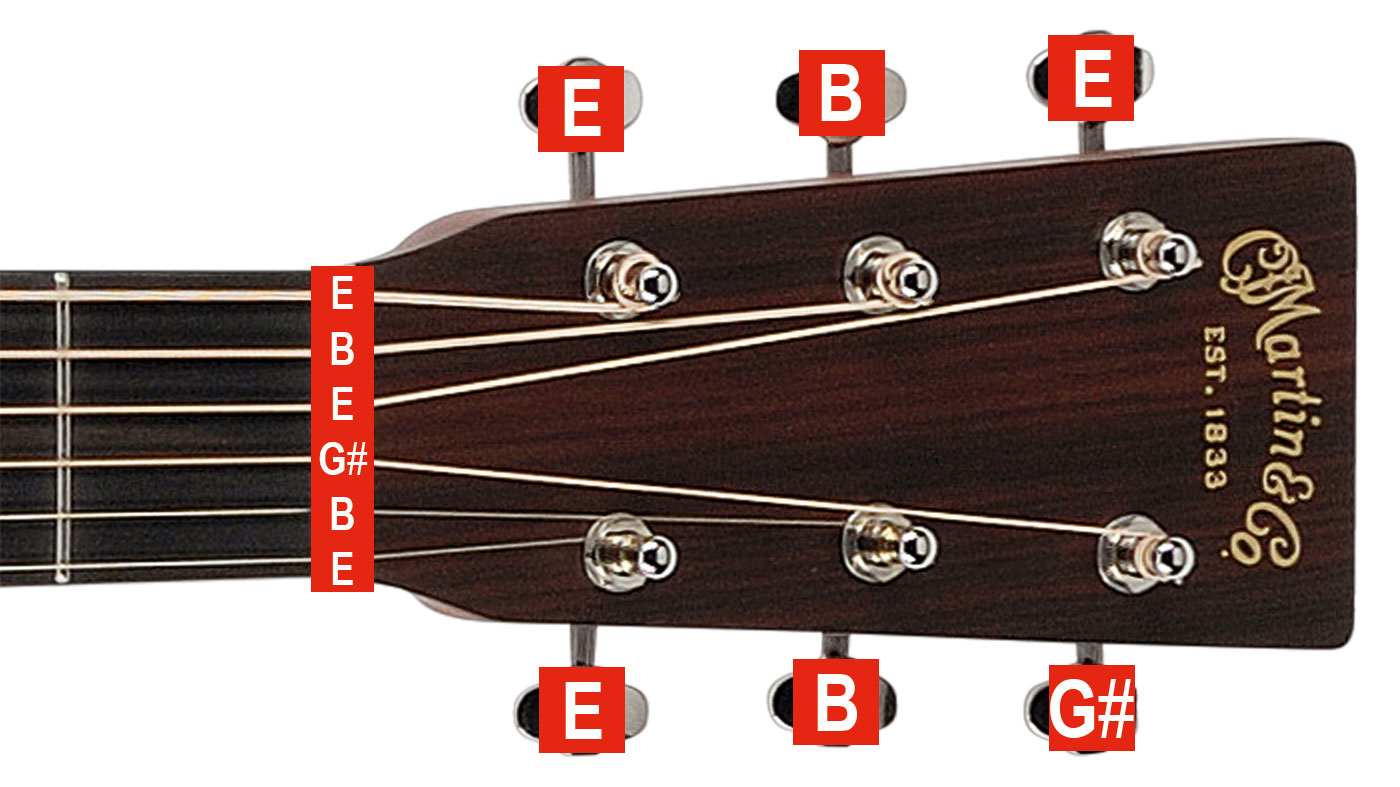
Open E tuning is essentially Open D tuning, two frets higher, and so licks in one of course translate readily to the other - but it deserves attention in our roundup here because of its appeal to slide guitar players, including three of the greatest of all time in Elmore James, Joe Walsh, and Derek Trucks.
As with Open D tuning, barre major chords are readily available all the way up the fretboard. Open E’s increased string tension and the prevalence of songs in the key of E in blues styles makes the tuning a must-try for aspiring bottleneck players.

Hear it
She Talks To Angels – The Black Crowes (Shake Your Money Maker, 1990)
5. Open G
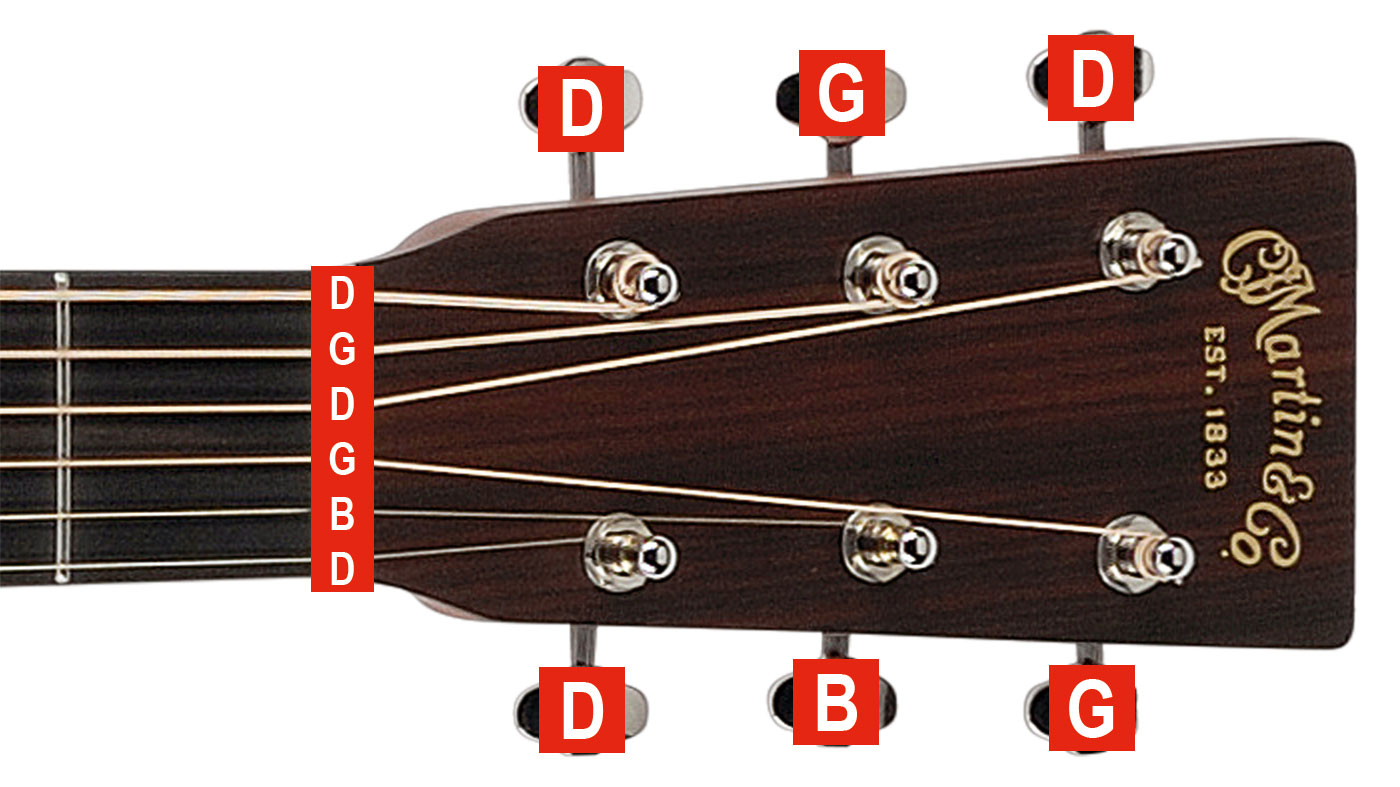
Many styles use open G tuning, from the Delta blues to folk and rock. But it has become virtually synonymous with Keith Richards of the Rolling Stones - and for good reason, since its discovery was a songwriting revelation for the legendary guitarist, and many of the band’s biggest hits are played using it, including Gimme Shelter, Brown Sugar and Start Me Up.
Richards removes the sixth string completely, making it easier to strum the five-string major chord. As a one-finger barre is all that’s required to play a major chord, the other fingers are free to create melody notes.
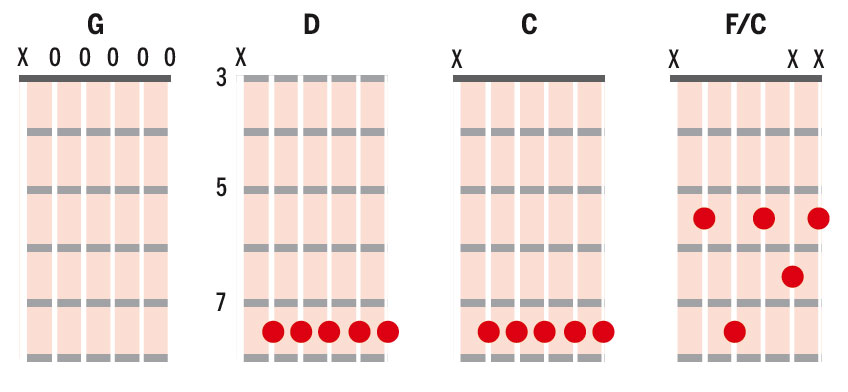
Hear it
Wild Horses – The Rolling Stones (Sticky Fingers, 1971)
6. Open Csus2
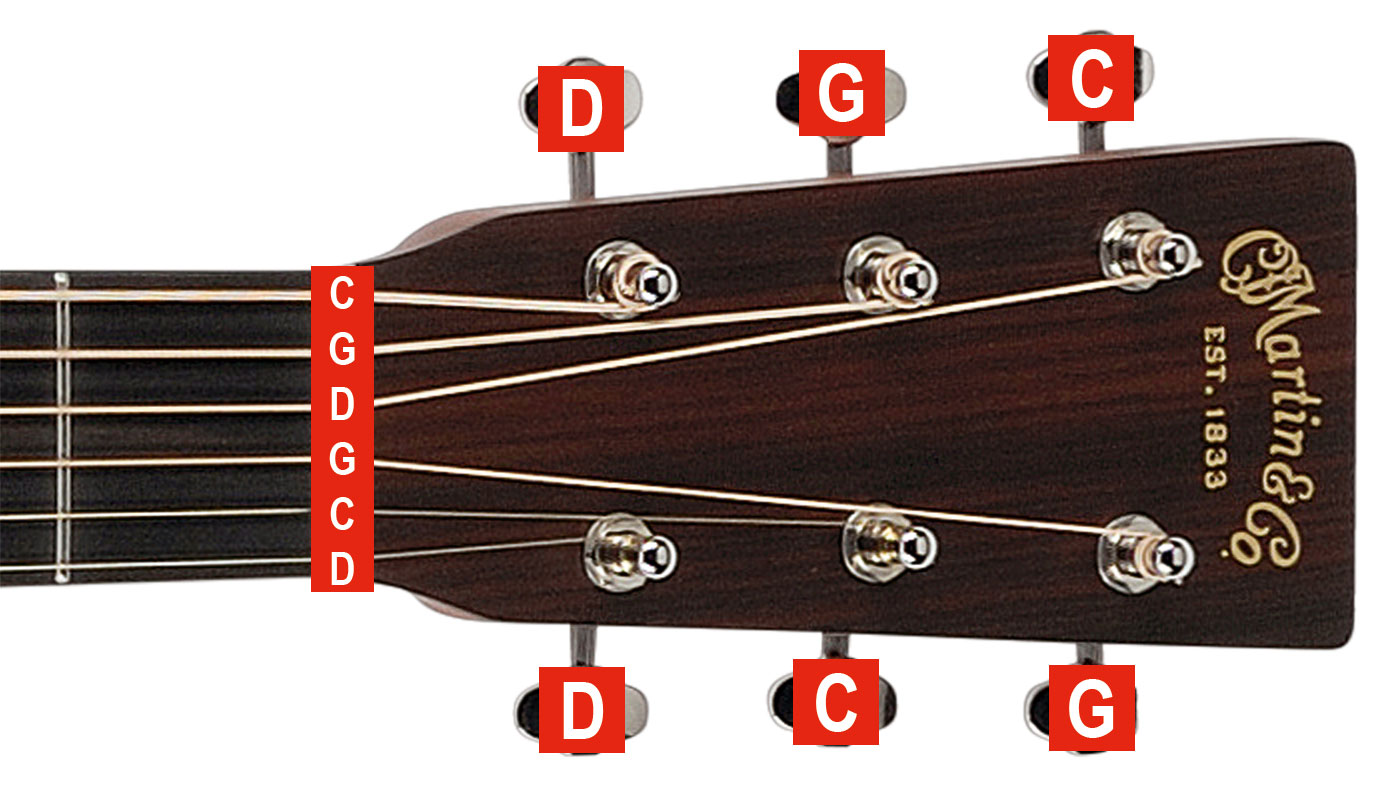
This is the rich and beautiful open Csus2, comprising CGCGCD, low to high. But for the ease with which DADGAD can be pronounced as a word, we struggle to see why Csus2 tuning can’t share the popularity that its cousin has enjoyed.
It provides excellent scope for playing drone-like strumming accompaniment, open-string runs and deep, resonant bass notes. Some well-known exponents of the tuning include English folk legends Nic Jones and Martin Simpson, and US guitarist Steve Baugham.
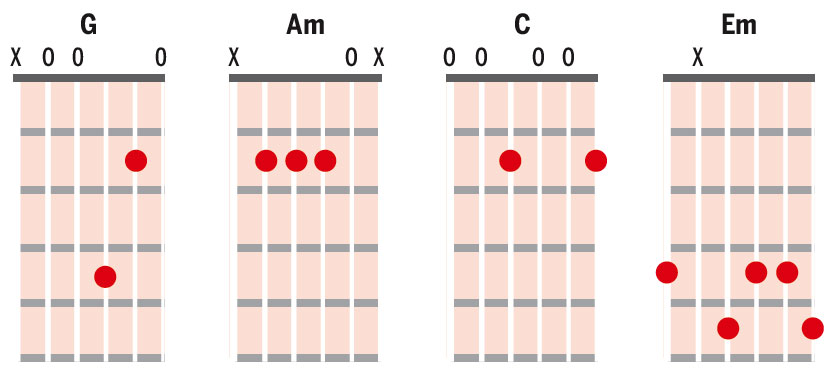
Hear it
The Cocks Are Crowing – John Doyle (Wayward Son, 2005)
7. DADGAD
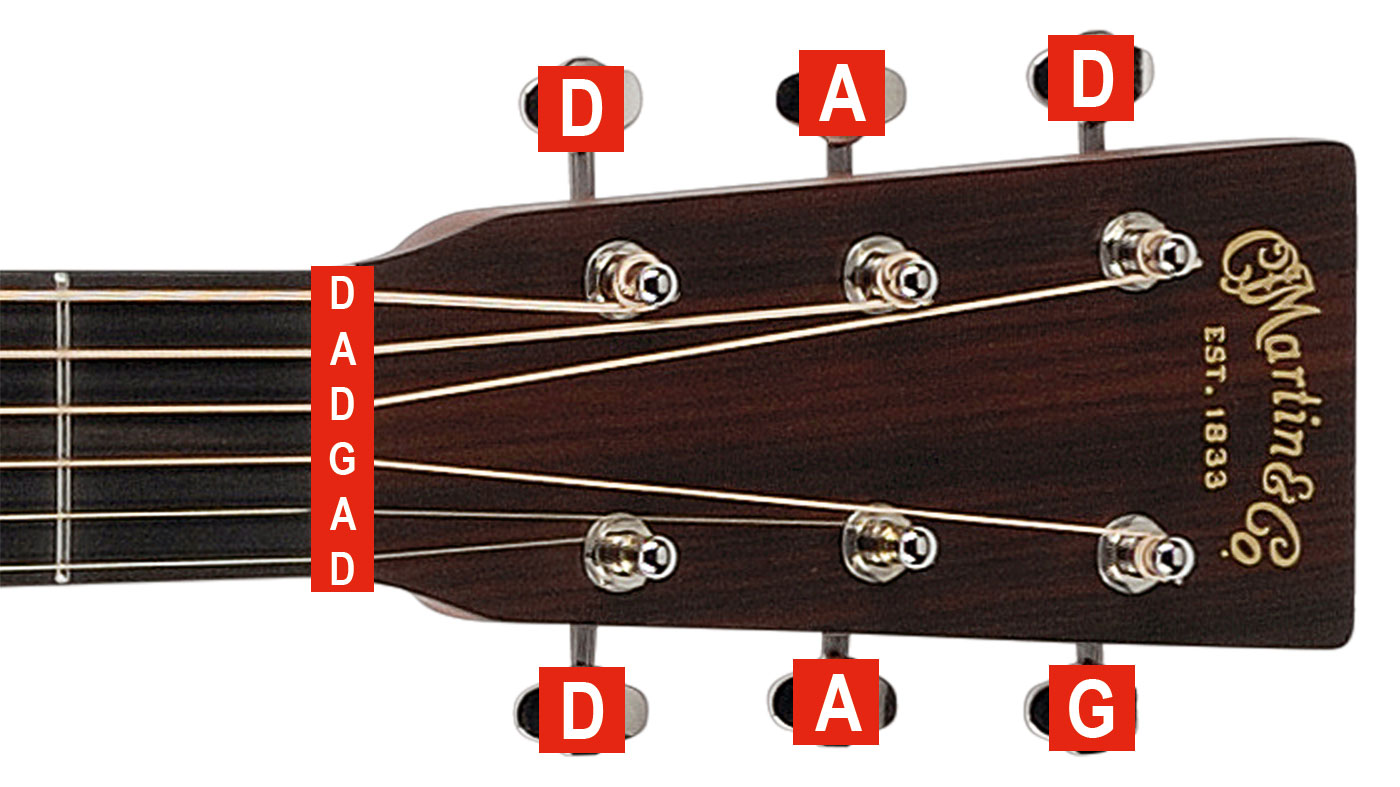
DADGAD tuning is generally regarded as the discovery of the late great English folk guitarist Davey Graham, and is a revelation for many players.
While enjoying the distinction of being one of the few tunings you can pronounce, it’s unrivalled in its sheer user-friendliness - all those D and A strings are brimming with drone and melodic potential.
It’s classed as a ‘modal’ tuning, implying that it’s neither major nor minor in tonality, allowing easy adaptability to various moods. Experiment: noodling in DADGAD can sound very flattering, and instantly rewarding.

Hear it
Black Mountain Side – Led Zeppelin (Led Zeppelin, 1969)
8. Open C

Another great tuning for slide, certainly, but there’s more to open C than that.
Ditch the slide, add a guitar capo and there are some interesting fingerpicking and harmonics to be had here, with ringing notes that can create a layered drone effect to widen your sound.
It could make you an instant open-tuning convert. It certainly lured the likes of Ben Howard and John Butler in with its alternate charms.

Hear it
Ocean – John Butler (2012 version)
9. Open Esus2
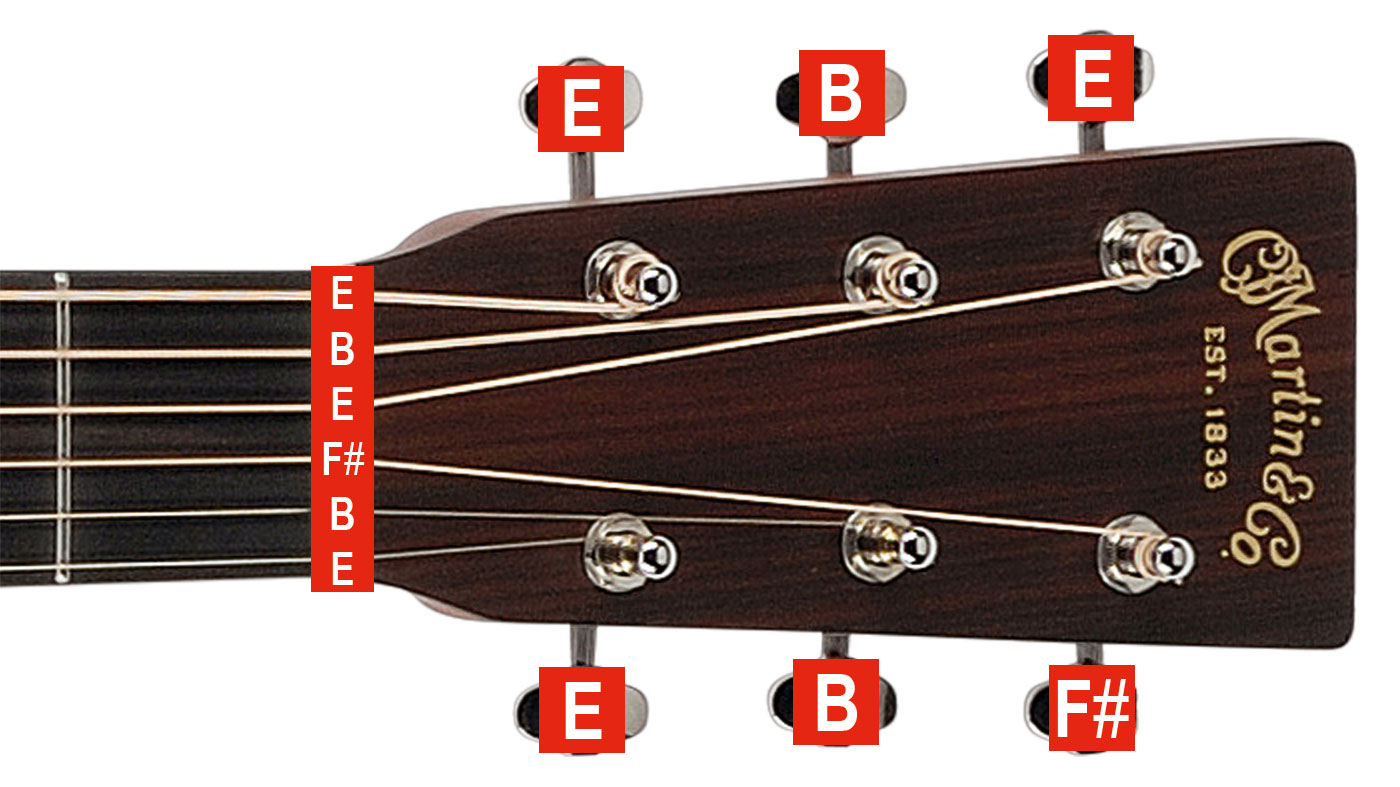
A real hidden gem that John Mayer has put to good use on a couple of his songs, Esus2 tuning is like DADGAD’s more exotic, brighter-sounding brother, and provides a lush melancholic mix of picked melodies and strumming shapes.
This one pairs up well with a second guitar being played in standard tuning for a rich, multi-layered sound.

Hear it
In Your Atmosphere (LA Song) – John Mayer (Where The Light Is, 2008)







